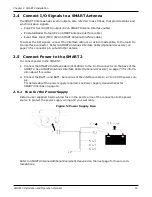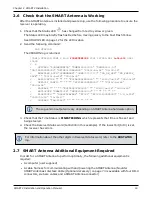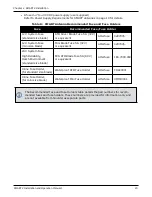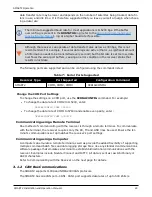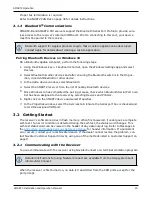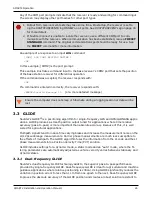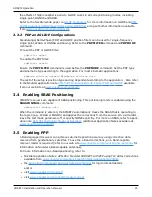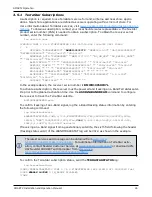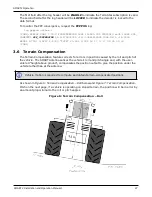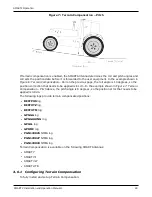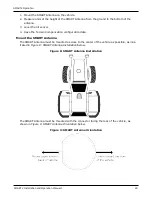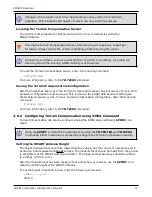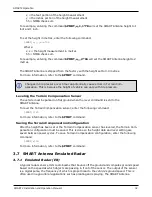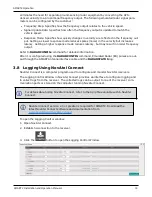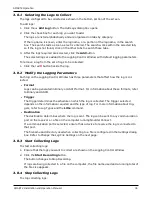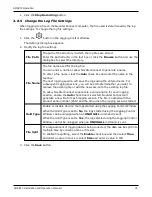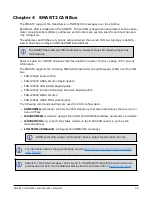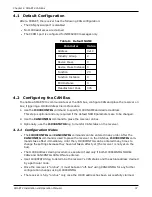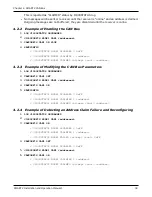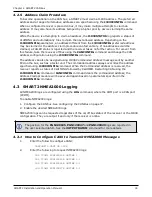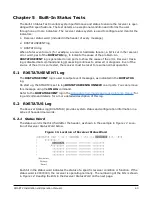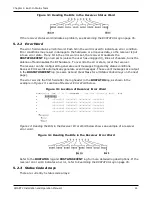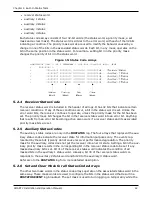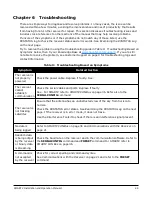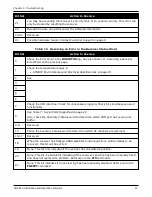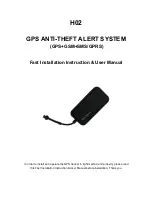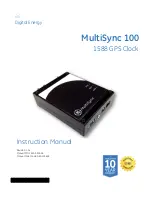
SMART2 Operation
SMART2 Installation and Operation Manual 1
32
x = the feet portion of the height measurement
y = the inches portion of the height measurement
hh = NMEA check sum
For example, entering the command
$PMDT,u,,1,1*78
will set the SMART Antenna height to 1
foot and 1 inch.
To set the height in metres, enter the following command:
$PMDT,a,,,,x.x*hh
Where:
x.x = the height measurement in metres
hh = NMEA check sum
For example, entering the command
$PMDT,u,,,,2*66
will set the SMART Antenna height to 2
metres.
The SMART Antenna is shipped from the factory with the height set to 0.0 metres.
For more information, refer to the
$PMDT
command.
Changes in tire pressure over time can potentially cause errors in Terrain Com-
pensation. This is because the height of vehicle can vary with tire pressure.
Leveling the Terrain Compensation Sensor
The vehicle must be parked on flat ground when the level command is sent to the
SMART Antenna.
To level the Terrain Compensation sensor, enter the following command:
$PMDT,l*4D
For more information, refer to the
$PMDT
command.
Saving the Terrain Compensation Configuration
After the height has been set or the Terrain Compensation sensor has leveled, the Terrain Com-
pensation configuration must be saved. This is done so the height data and level setting are
saved between power cycles. To save Terrain Compensation configuration, enter the following
command:
$PMDT,x*59
For more information, refer to the
$PMDT
command.
3.7 SMART Antenna Emulated Radar
3.7.1 Emulated Radar (ER)
A typical radar sensor emits radio beams that bounce off the ground and computes ground speed
based on the speed at which objects are passing in front of the sensor. The output of the sensor
is a digital pulse, the frequency of which is proportional to the vehicle’s ground speed. This is
often used in agricultural applications such as planting and spraying. The SMART Antenna

